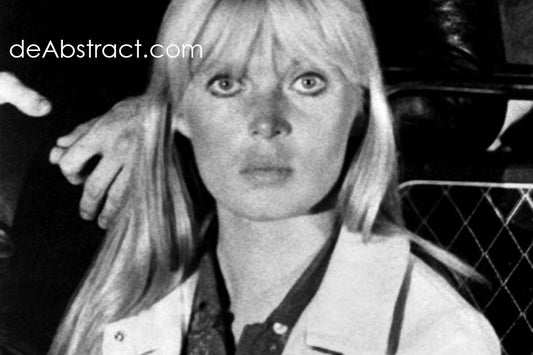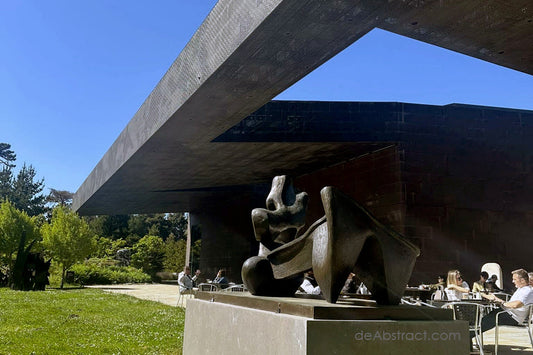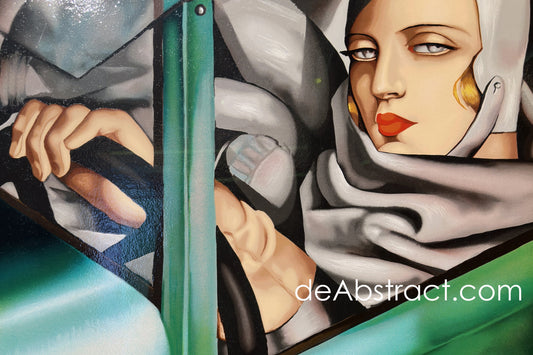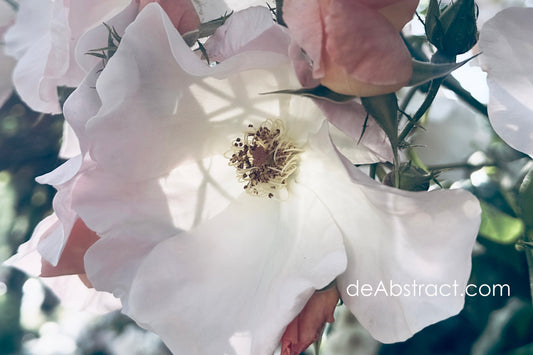
Taxco Silver and Easter day in Mexico secret City.
Taxco, Silver City: A Journey from Mexico City to Taxco. Last Easter, I decided to take a bus from Mexico City to the charming town of Taxco, a place famed for its silver jewelry, colonial architecture, and dramatic hillside views. The bus ride itself became part of the adventure. This is a short YouTube video from Taxco.
As the bus rolled out of Mexico City, the scenery shifted from sprawling neighborhoods to open valleys. On the way, we passed through Cuernavaca, known as the “City of Eternal Spring,” with its lush gardens and mild climate. Further along, the bus wound through smaller towns like Puente de Ixtla and Iguala, each offering glimpses of everyday life—market stalls buzzing with locals, roadside fruit vendors, and colorful murals that brightened the journey. The road narrowed as we climbed into the Sierra Madre mountains, revealing breathtaking panoramas of cliffs, rivers, and green canyons.

Arriving in Taxco felt like stepping into a storybook. Whitewashed houses with red-tiled roofs spilled down the mountainside, and narrow cobblestone streets curved steeply around the hills. On Easter Sunday, the town was alive with processions and ceremonies—locals carrying religious statues through the plazas, families gathering in the streets, and music echoing off the walls of the old colonial buildings.

No visit to Taxco is complete without experiencing the Santa Prisca Church. Built in the 18th century by the wealthy silver baron José de la Borda, the church is one of the most remarkable examples of Mexican Baroque architecture. Its pink stone towers rise above the town, and the interior glows with gilded altars, intricate carvings, and frescoes that seem to pull you into another era. Sitting quietly inside, I could hear the echoes of prayers and the hushed footsteps of visitors—it was the perfect backdrop to Easter Sunday.



But what struck me most about Easter in Taxco was the passion play procession. This wasn’t a staged performance; it was real people from the community carrying heavy wooden crosses through the steep streets. The man chosen to portray Jesus walked barefoot, with blood painted on his legs, his face strained with effort and emotion. The silence of the crowd, broken only by drums and prayers, made it a deeply moving and unforgettable moment.

Another highlight of my trip was visiting the William Spratling Museum, which celebrates the life and work of the man who gave Taxco its international reputation for silver design. Spratling was an American architect from New York who first came to Mexico in the 1920s. Captivated by Taxco’s charm and its fading silver tradition, he moved there in the early 1930s and founded Taller de las Delicias, his silver workshop.


Working side by side with local artisans, Spratling trained silversmiths in new techniques while incorporating indigenous and pre-Hispanic motifs into his designs. Soon, the name “Taxco silver” became synonymous with craftsmanship and elegance. His work was sold in major U.S. cities, and he established collaborations that launched the careers of local designers such as Antonio Pineda, whose bold modernist pieces became collector’s items; Héctor Aguilar, known for his strong geometric jewelry; and Los Castillo Brothers, who experimented with mixed metals and enamel. To this day, these names are legendary in the world of jewelry. This is a short story about local designers - Taxco Silver, then and now.


The museum itself is intimate but fascinating, filled with Spratling’s jewelry, drawings, and furniture. Speaking with the owner of the building, I heard stories about how Spratling’s charisma and vision turned Taxco into a creative hub, attracting artists, writers, and collectors from around the world. His legacy is everywhere—walking through the shops, I could see echoes of his influence in the contemporary designs displayed in windows.


Getting around Taxco was its own adventure. The town is famous for its Volkswagen Beetle taxis, all painted bright yellow. Because of the steep and winding streets, these small cars are perfect for navigating the labyrinth-like hills. Riding in one felt like stepping back into the 1970s, complete with the rattle of the engine and the cheerful driver chatting about local life.


After a day filled with history, culture, and devotion, I checked into a small hotel nearby. The balcony overlooked the terracotta rooftops and the glowing Santa Prisca Church, lit up against the dark mountains. At night, wandering through the narrow streets under soft lanterns, I felt as if time had slowed down—Taxco had welcomed me with both its history and its spirit.

Taxco is more than a destination—it’s a living story of craftsmanship, devotion, and tradition. Traveling there by bus from Mexico City isn’t just a way to get from point A to B—it’s part of the experience, an unfolding landscape of towns, valleys, and mountains that lead you into one of Mexico’s most beautiful hidden gems. Easter in Taxco is a memory I’ll treasure forever.





